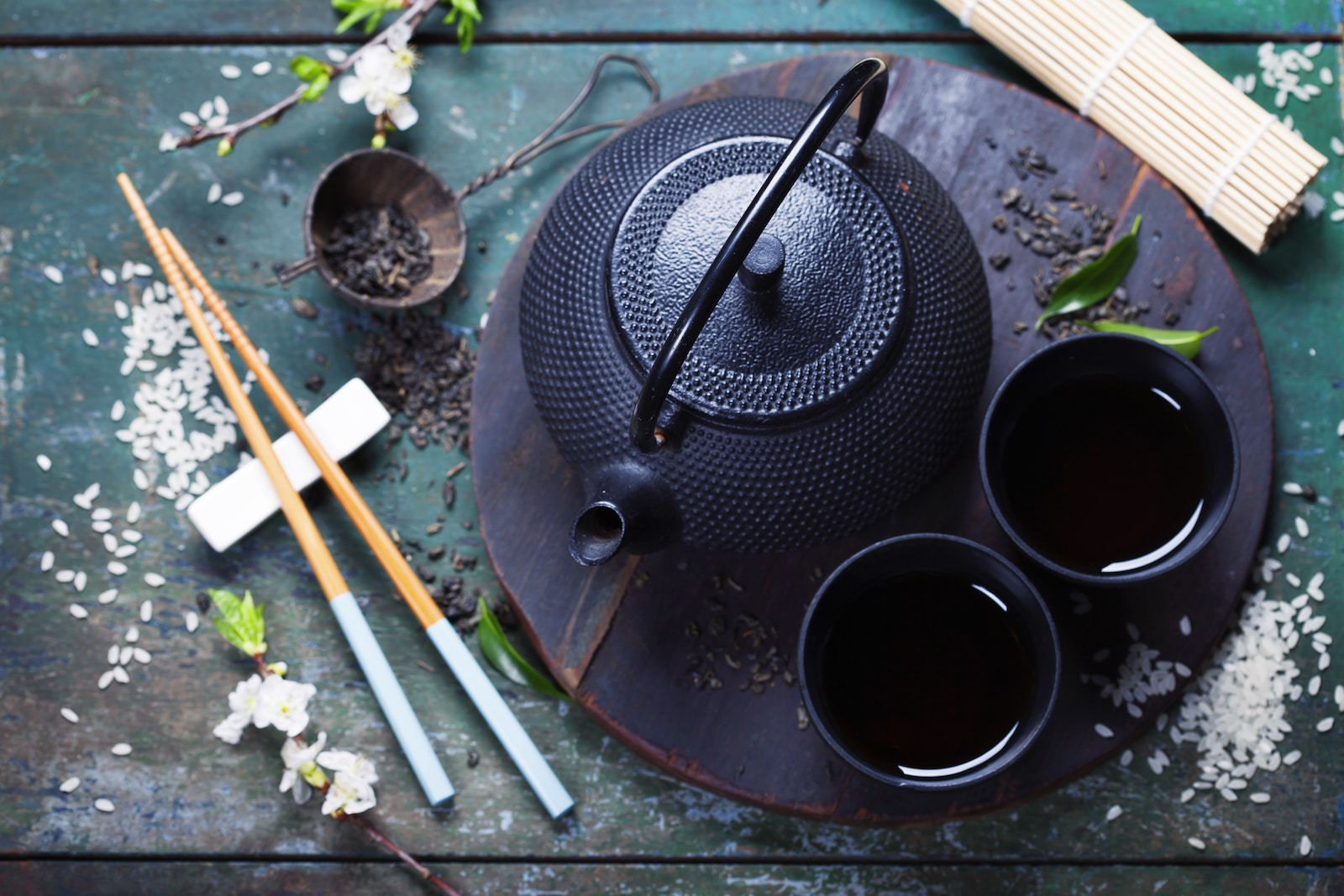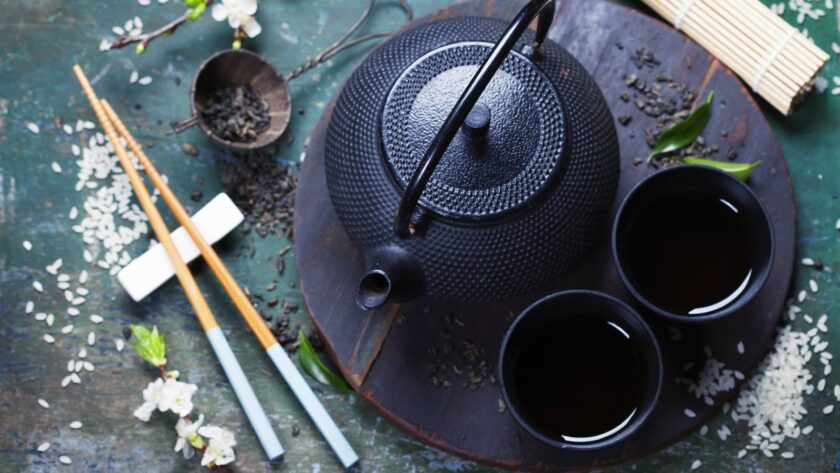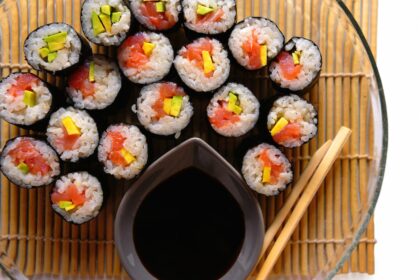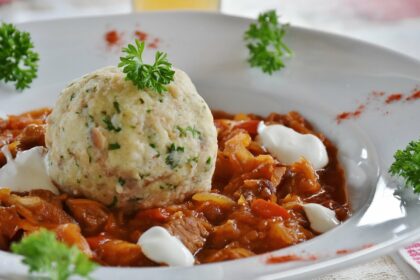
By Dawn Koch
When in Rome, do as the Romans do
Cliché as it may be, this is especially fitting when it comes to dining out. Food plays a big part in most cultures. While you may feel silly about following a country’s dining etiquette, knowing what is acceptable and offensive can go a long way if you want to respect local customs and possibly better service. Avoid the social faux pas and enjoy your night out with these etiquette rules from around the world.
Mediterranean
While sharing many Western traits, Mediterranean cuisine has its own unique set of rules. Sitting at the head of the table is the most honored position so choose your seat wisely. Adding seasoning to your bread, pasta or entrée without trying it will make you appear as an uneducated diner so sample your food before making flavor decisions. Finally, don’t flat out decline food. The Greek ethos of philoxenia, or hospitality to strangers, shouldn’t be disrespected.
Australian
If you’re familiar with how the Brits dine, you are set, as Aussies are largely influenced by British dining customs. A few things to keep in mind: break your bread into smaller pieces, match the pace at which you eat with diners at your table, leave your napkin to the left side of your plate when your leave the table and place your knife with your fork on your plate when you are finished with your meal.
Chinese
The Chinese culture values respect and tradition. If you are pouring tea, pour yours last and always pour tea for elders first. Pay attention the next time you’re out having dim sum and you’ll find tea drinkers tapping a finger or two – it’s meant to symbolize gratitude. Meals should only start once all guests are seated and food is served from the eldest to the youngest (though most families don’t put this into practice anymore).
Indian
The sight, scent and flavor of authentic Indian cuisine are a defining feature of their national identity so knowing the dining etiquette will help you make a friend or two at the dinner table. Since the majority of Indians are either Hindu or Muslim, you might want to refrain from requesting pork or beef if it is not on the menu. If you want to show your respect for the culture, little gestures count.
Eat with your hands (unless the food is particularly messy), but use your right hand only, as the left is considered unclean. Instead of taking big bites into your naan bread or roti, break it up in small portions and use it to scoop up the condiments and curries. Indian cuisine encourages a sensual dining experience so using your sense of touch is seen as an enhancement to the meal.
Japanese
If your chopsticks skills are only sub par, most Japanese restaurants will offer you a fork (especially if you look like a foreigner). For an authentic Japanese dining experience, learn to master holding it. Once you’ve done that, keep the following in mind:
- Never stab food with the point of your chopsticks. It is a practice reserved for funerals and honoring the dead
- Avoid placing the chopsticks across your bowl when not in use, if you want to place them down do so on a chopstick rest, or hashioki
- Don’t pass food to another diner with chopsticks. If you’d like to share your food, place it into their bowl
What’s incredible about the vast number of cultures and cuisines is that they all have their own table manner guides. What is offensive in one culture may be a sign of respect in others i.e. it is disrespectful to decline a shot of vodka at dinner in Russia, while French cuisine sees alcohol as an aperitif to be savored, not downed at once.
Regardless of your culinary destination, a little research on dining customs will arm you with the knowledge to be the best dinner guest, where ever you go.
What dining etiquette tips would you add to this list? Please share in the comments below.
Jessica Festa
Latest posts by Jessica Festa (see all)
- A Culturally-Immersive Adventure In Mongolia’s Altai Mountains - Jul 8, 2023
- This Recipe Sharing Platform Supports Women In The Culinary Industry (Labneh Recipe Included!) - Nov 5, 2020
- Hiking The Mohare Danda Community Eco-Trek In Nepal - Jun 3, 2020
- 6 Important Questions For Choosing A Responsible Yoga Retreat - May 18, 2020
- How To Create & Grow A Profitable Blogging Business (Ethically) - Jan 18, 2020






Thank you for providing this informative and insightful guide to dining etiquette around the world. Understanding and respecting the dining customs of different cultures is undoubtedly essential for travelers, as it enhances cultural appreciation and fosters better experiences while dining out abroad. Anjuman Islam IHMCT excels in training culturally aware hospitality professionals, ensuring respectful and welcoming dining encounters for guests globally.Visit them at: https://www.anjumanihmct.org